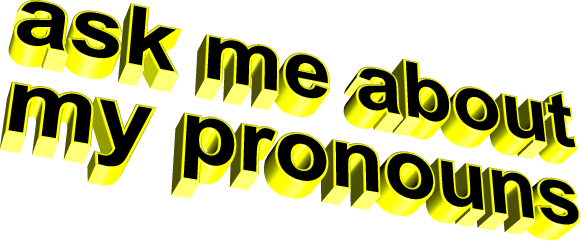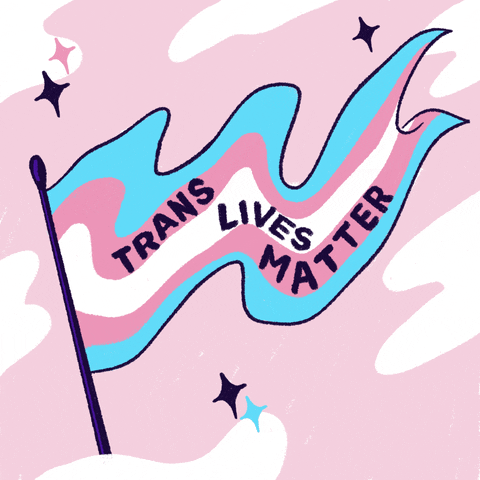Has a friend or family member recently come out to you as trans?
Has celebrities like Elliot Page and Demi Lovato coming out as transgender and non-binary made you curious about these identities?
Maybe you're interested in exploring your own gender identity?
 Whatever your reasons, having a better understanding of what "transgender" means can help you be more respectful towards people with transgender identities.
Whatever your reasons, having a better understanding of what "transgender" means can help you be more respectful towards people with transgender identities.
Gender Identity Vs Gender Assignment
Being transgender means that your gender identity is different from the gender you were assigned at birth.
In most countries, when you're born a doctor examines you and puts either an F or an M on your birth certificate — for "Female" or "Male." This designation determines the gender identity the doctor thinks you'll have.
People assigned female at birth (sometimes referred to as AFAB) usually grow up and identify as women, and people assigned male at birth (sometimes called AMAB), usually grow up and identify as men. In these cases, a person is cisgender.
 Photo by Picsea on Unsplash
Photo by Picsea on UnsplashSome people's gender identity doesn't match what the doctor put on their birth certificate.
In these cases, a person is transgender.

Quiz
True or false: Someone who was assigned female at birth, and now identifies as a woman, is transgender.
"Transgender" Is An Umbrella Term
 Transgender includes many different identities but here are two broad categories:
Transgender includes many different identities but here are two broad categories:
Binary Trans Identities
These identities fall within the binary of man and woman.
Some examples of binary trans identities include:
Trans man
Trans woman
Non-binary Trans Identities
These identities fall outside of the binary of man and woman.
Some examples of non-binary trans identities include:
Non-binary
Genderfluid
Agender
Other Terms To Note

"FTM" stands for female-to-male, "MTF" stands for male-to-female.
Some transgender people may refer to themselves as either FTM or MTF. Both binary and non-binary trans folks might use these terms. Your safest bet is to ask them what terms they're most comfortable with!

Some Do's
Refer to someone as the gender they identify with.
If you're unsure which pronouns (like he, she, or they) to use when referring to a person, just ask!
Use terms like transgender, FTM, MTF, non-binary, etc. as adjectives, not nouns or verbs.
For example: "I'm a transgender person," not, "I'm a transgender." Similarly, "She's transgender," is grammatically correct, while "She's transgendered," isn't.

Quiz
Which is grammatically correct?
And Some Things To Avoid
Using the term "transsexual."
This word is an outdated term that many people find offensive because of its focus on biological sex rather than gender identity.
Assuming that being cisgender is the default.
"Man" and "woman" are umbrella terms. For example, "men" includes both cisgender and transgender men.

Referring to someone as the gender they were assigned at birth if they don't identify with it.
For example, you wouldn't say, "My friend Jessie is a trans woman. He used to be a man, but now he uses she/her pronouns." Instead, you could say, "My friend Jessie is a trans woman. She came out to me recently."
Take Action

Now that you have a basic understanding of what it means to be transgender, you can deepen your understanding.
Your feedback matters to us.
This Byte helped me better understand the topic.
